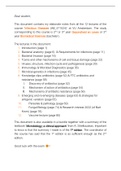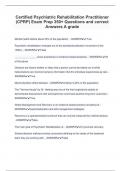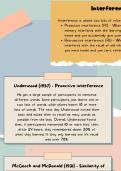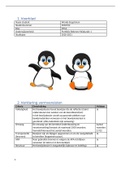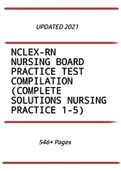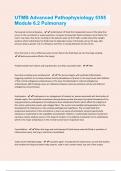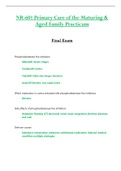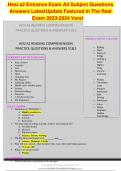Notas de lectura
Infectious Diseases (AB_471024) SUMMARY LECTURES; Gezondheid en Leven/Biomedical Sciences (year 2/3); VU Amsterdam
- Grado
- Institución
This document contains all my notes from the lectures given during the course Infectious Diseases (AB_) at VU Amsterdam. Check out my bundle of this course including a summary of the corresponding book!
[Mostrar más]
